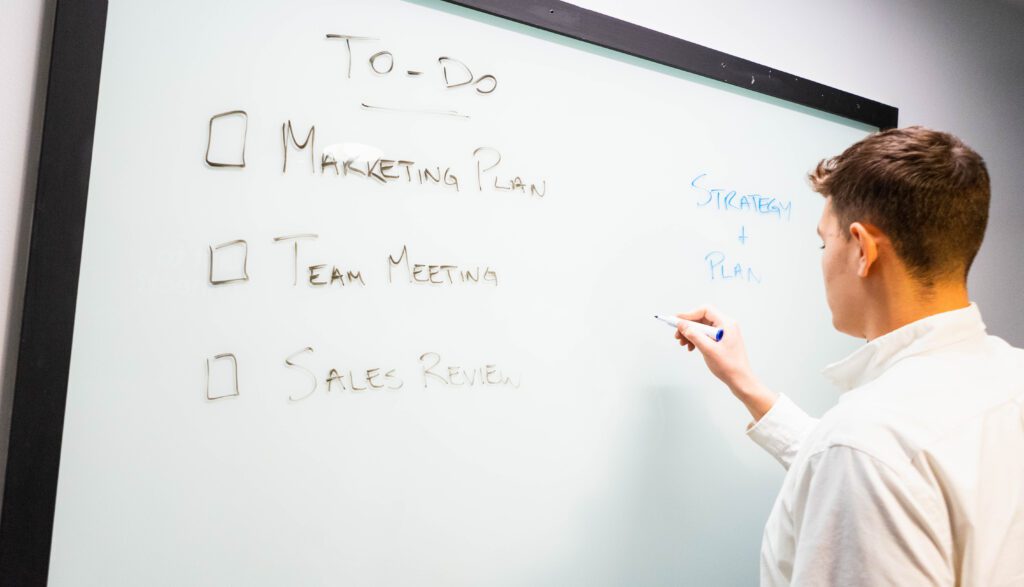A Guide to Setting Clear Expectations
Tonya was incredulous. She couldn’t believe her team kept falling short of her expectations.
“They should know this! I know it — they should, too.”
Instead of improving her team’s performance, she kept answering the same questions over and over.
Shawn had a similar challenge. As hard as he worked to increase revenue, his team never quite understood what was expected of them.
Jack, the VP of HR, met with a recently dismissed employee.
“You failed to meet expectations,” he said.
“But I never knew what those expectations were,” the employee replied.
“Every day, it changed. How can I be successful like that?”
How Can We Align Personal Goals with the Team’s Focus?
It’s easy for expectations to get lost. Why?
- Many of us focus on the big picture and gloss over details.
- We assume what’s clear to us is clear to everyone else.
Put those together, and it’s no wonder leaders like Tonya and Shawn feel like they’re leading uphill.
—
The 3-Part Expectations Framework
01 – Define Expectations
We often ask ourselves:
- Are these expectations realistic?
- Am I expecting too much?
- Am I challenging the team enough?
But here’s the real question: Have I clearly defined them?
Most leaders can’t articulate their expectations as clearly as they think they can.
And if it’s not clear to you, it’s definitely not clear to your team.
Great expectations are:
- Simple
- Repeatable
- Memorable
02 – Communicate Standards
We all have expectations—but they’re worthless if we don’t communicate them.
You can’t meet a bar you can’t see.
Simple standards can be shared in small batches. This helps:
- Future-oriented leaders connect the big picture
- Present-oriented leaders create checklists
Take the Free 5 Voices Assessment to learn how you and your team best receive communication.
Remember: Communication is not just transmission—it’s also reception.
Check for understanding. Don’t assume clarity. Confirm it.
—
03 – Reinforce Expectations
When was the last time you reinforced one of your expectations?
We often “set it and forget it.” But unreinforced expectations drift. Like a plane 1° off course, you’ll miss your target by miles over time.
Every day without reinforcement could mean:
- Lost revenue
- Decreased productivity
- Higher overtime costs
- Exhausted team members
Find a rhythm:
✅ One expectation per week
✅ A shared dashboard
✅ Review during team meetings
Setting Clear Expectations
Expectations are essential.
We all have them, we all need them.
When done right, expectations unlock trust, focus, and alignment.
- What is one expectation you could improve?
- Walk through each step of this tool.
- Choose a specific time to communicate it.
- Set a calendar reminder to reinforce it regularly.
“If you expect nothing from somebody you are never disappointed.”



